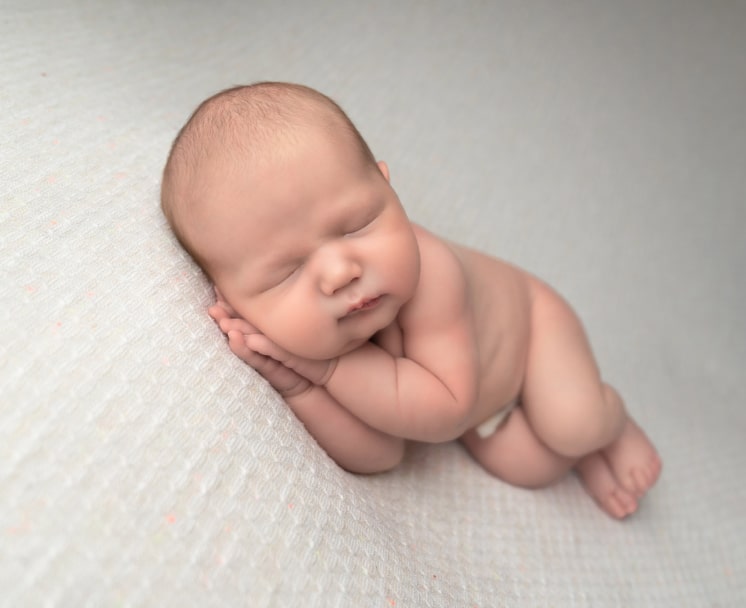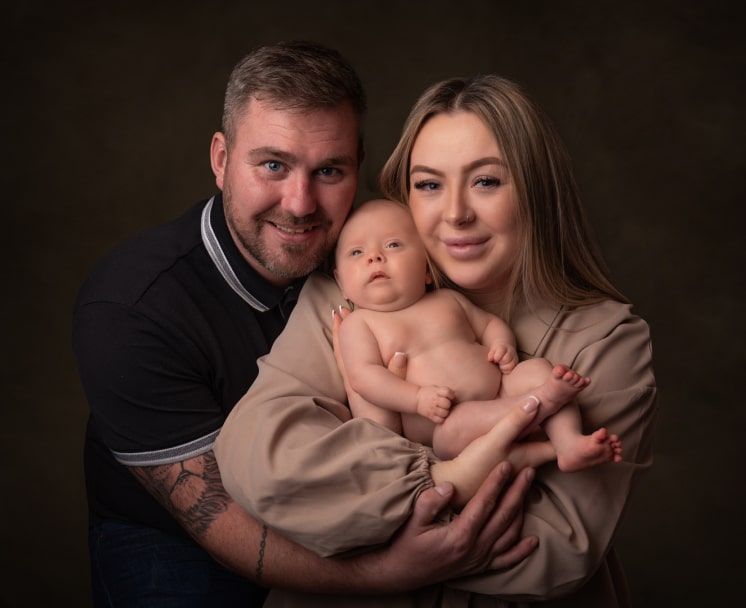Creating a Comfortable Home Environment for a Newborn in Winter

Winter can be a challenging time for parents of newborns. With plummeting temperatures and unpredictable weather, it’s important to create a comfortable home environment that will keep your little one safe, healthy and happy. As a newborn photographer based in Rugby, I’ve had the pleasure of capturing the precious moments of many families with newborns, […]
Eco-Friendly Parenting: Sustainable Choices for Your Pregnancy and Baby’s First Year

Welcome to the world of Eco-Friendly Parenting! Having a child is a wonderful experience for many new parents which introduces a new way of life for many families. As we become more aware of how our lives are impacting the environment it is a good idea to start your parenting journey off with sustainable choices. […]

